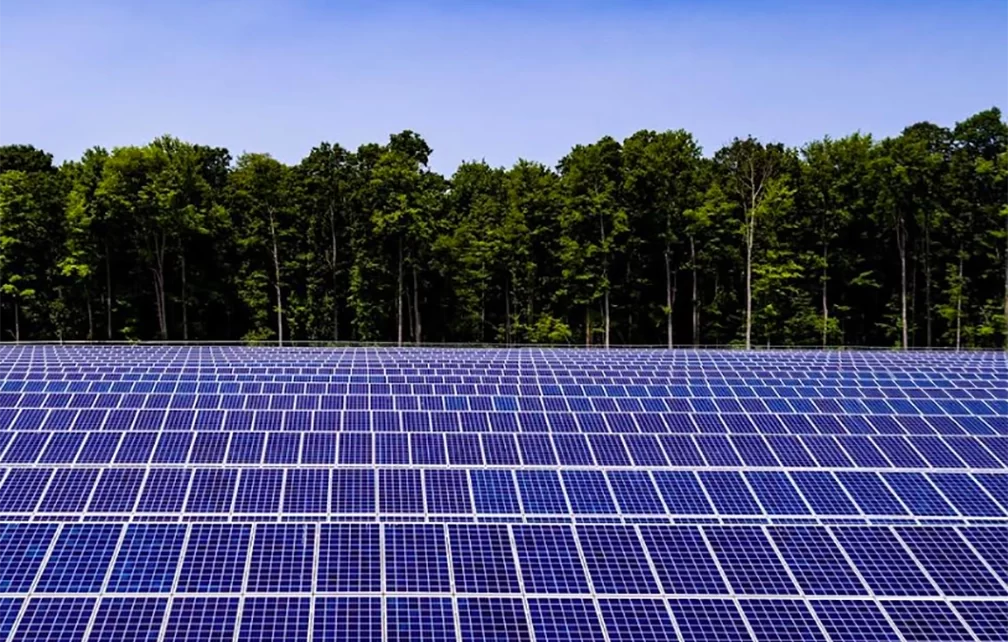One company is changing the way Indigenous communities interact with energy companies. Helping communities become owners of their energy assets and doing so in an environmentally responsible way is the mission for Seneca Solar.
Indigenous communities have long cast wary eyes at energy companies for good reason
Indigenous communities and energy producers have for a long time not always seen eye to eye. Harm to natural environments, desecration of sacred grounds, pollution of water sources, and endowing landowners an unequitable share of profits are just some of the reasons that Indigenous communities and leaders might look skeptically at proposed energy projects.
Massive protests to the Dakota Access Pipeline (DAPL) in 2016 and 2017 captured the world’s attention as members of the Standing Rock Sioux Tribe protested the route of the pipeline form North Dakota to Illinois, claiming it threatened vital water sources and sacred sites.
Protests continue in Northwestern Canada over two pipelines passing through Indigenous territory. The UN has since expressed concerns with Canada’s dismissal and eviction of “land defenders.”
Fears persist in Australia over the desecration of sites sacred to First Nations communities. The 2020 destruction of Juukan Gorge, and newly proposed expansion of natural gas projects in Western Australia threaten traditional lands.
The stories are much the same worldwide. From Russia to Brazil to the DRC, Indigenous lands and communities are exploited by a whole range of actors, but fossil fuel giants are one of the major culprits.
Seneca Solar wants to change the relationship that Indigenous communities have with energy projects.
What is Seneca Solar?
Seneca Solar is a company owned wholly by the Seneca Nation. The company, which has been in development for about one year, is engaging in climate-related activities that can deliver earth healing solutions – solar powered energy being its primary focus.
Seneca Energy, the tribal utility company of the Seneca Nation, already has four solar projects installed on tribal land, which have produced at least 8.27 million kWh of solar energy.
Seneca Solar is looking to expand beyond Seneca Nation territory. Its primary goals are to rapidly increase the capacity of renewable energy worldwide, and to bring energy sovereignty to historically underserved communities.
“What we’re trying to do in our work with Indigenous groups around the world is change that relationship by helping them develop and own high-value renewable energy assets,” said Vice President of Seneca Solar, Matt Renner, speaking to TriplePundit about the relationships between Indigenous communities and energy developers.
Those relationships have long been problematic, benefiting communities only so long as there are resources to extract. When the resources are gone, so are the benefits. Providing communities with the ability to own and develop their own renewable energy projects can bring benefits spanning generations.
Governments warming to the renewable energy transition
Focusing Seneca Solar’s efforts on clean, renewable energy sources addresses not only the issue of exploitation, but also the pressing climate emergency. With scientists reporting that climate change is extremely likely (more than 95 percent) to be human induced, and the leading cause of greenhouse gases is the burning of fossil fuels, urgent action is needed to restore the health of the planet.
Seneca Solar wants to increase the access that historically underserved communities have to clean sources of energy and support their engagement in the post-fossil fuel economy.
Its expansion into markets throughout the United States and beyond, however, is largely dependent on state policies surrounding solar and renewable energy.
“In our federal system, it’s really a patchwork – we’ve got some states that are leaders on renewable energy, and we have some that are very much laggards. The main difference in the industry now from 5 years ago is the economics are there now, where solar plus battery systems can outcompete natural gas in many cases on price alone,” said Renner.
Governments worldwide are expected to reduce their subsidies to the oil and gas industry in the near future, transferring that money to investments in cleaner, renewable sources of energy. At the U.N. Climate Change Conference (COP26) in Glasgow in November 2021, the U.S., U.K., Canada, and 30-plus other countries pledged to end funding for fossil fuel projects abroad by the end of 2022.
With the renewable energy market set for massive growth in the coming years as countries and corporations slash their emissions in order to comply with climate targets, Seneca Solar is placing itself at the forefront of accelerating the energy transition. At the same time, it is helping to reinvent the frayed relationship between Indigenous communities, energy producers, and the global economy as a whole.




